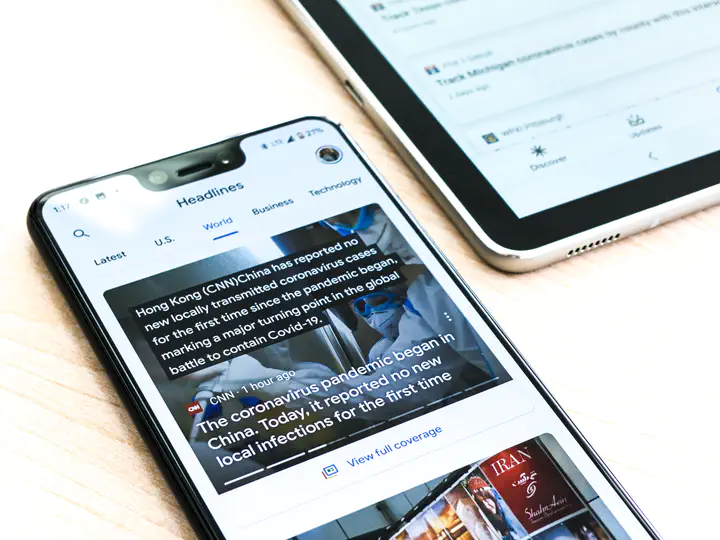Is this a click towards diversity? Explaining when and why news users make diverse choices
 Image credit: Unsplash
Image credit: Unsplash
Abstract
Modelling the different factors that lead people to choose news articles is one of the key challenges for understanding the diversity of news diets – as a news diet is the result of a series of decisions for certain articles over others, a sequence of choices that was made by the individual consumer. This study sheds light on the interplay between content-related (past behavior, habits, preferences) and situational factors (positioning, saturation, control). The latter could offer possibilities to promote more unexpected news encounters that diverge from past news consumption. To test this, a Python-based web application for interactively testing different forms of news personalization over time was used. 247 respondents used the system over a two-week period, in total making almost 23,000 choices. Our results show that: (1) Selections are influenced by a strong positioning effect that follows a reading pattern (left-right, up-down). This effect is stable across devices, topics, and preferences. (2) How much control people are given influences the length and the amount of different sessions (personalization leads to fewer and shorter sessions). (3) With high control, the diversity of preferences influenced the diversity of selected news more, possibly widening gaps between diversity-seeking and -averse users. (4) How often a topic was chosen in the last hour negatively impacts whether it gets chosen again, showing saturation effects. (5) Clicks on sports and economic articles can be explained by preferences, but not past behavior; for political news the opposite is found. (6) There is no significant correlation between the actual diversity (presented or selected topics) and the topic diversity perceived by the users – in spite of clear differences in actual diversity between the groups. From this we can conclude the importance of situational factors in modelling news selection and their potential to narrow or widen the diversity corridor. In sum, our results contribute to a better understanding of the interaction of news recommender systems and humans and how this shapes which news articles get chosen.